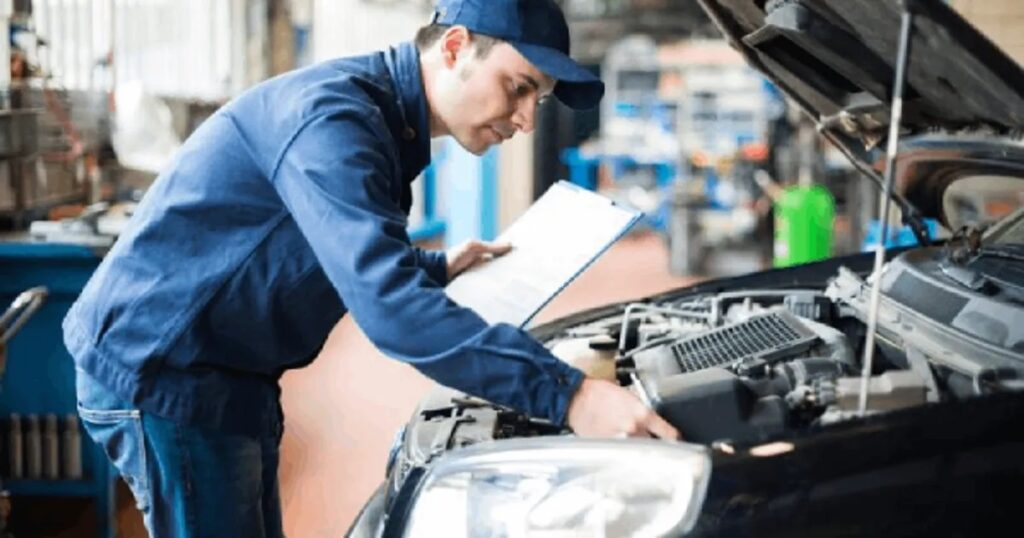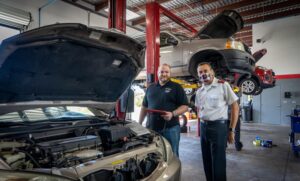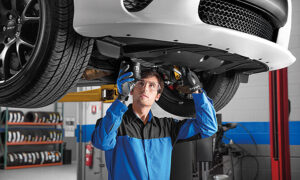
An intricate yet vital part of a car’s safety and control on the road is its braking system. The master cylinder and the brake booster are two very vital components of this system. Their purposes and duties are different even as they cooperate to stop the automobile. The variations between these two parts are discussed in this paper along with their respective contributions to efficient braking.
What is a Master Cylinder?
The core of a hydraulic braking system is the master cylinder. Near the brake pedal, it turns the mechanical force the driver’s foot generates into hydraulic pressure. The master cylinder sends braking fluid via the brake lines to the brake calipers or drums when the brake pedal is pushed, therefore engaging the brakes. Usually made of a cylindrical chamber with a piston and seals to guarantee braking fluid is kept at the correct pressure, this part A major component in vehicle safety as the effectiveness of the master cylinder directly affects the reactivity of the whole braking system.
The Part Brake Boosters Play
By pushing more force to the master cylinder, the brake booster improves braking performance unlike the master cylinder. Usually found between the master cylinder and the brake pedal, the brake booster multiplies the force the driver applies using vacuum pressure. Pressing the brake pedal causes air pressure variations to generate a vacuum inside the booster, therefore increasing the force supplied to the master cylinder. Consequently, the driver may reach good braking with much less effort, thereby enhancing comfort and control when driving.
Their Interaction
Although their uses vary, the interaction of the master cylinder and brake booster is essential for best braking performance. The brake booster starts immediately when the driver pushes the brake pedal, therefore increasing the force before it reaches the master cylinder. This greater power lets the master cylinder rapidly generate more hydraulic pressure, which speeds up and more effectively engages the brakes. These parts taken together guarantee that, even in an emergency, the car can slow down or come to a full stop consistently and smoothly. For that choosing the Auto Repair in Hatboro, PA based service is important here.
Typical Problems and Repairs
Problems with either the master cylinder or the brake booster could affect braking performance. Typical indicators of issues include leaks in the braking system, a spongy brake pedal, or a hissing noise during depressed brake pedal action. Effective operation of both parts depends on regular maintenance. By routinely checking brake fluid levels, looking for leaks, and making sure the brake booster runs as it should, one may assist to reduce possible problems and prolong the life of the braking system.
In summary
Any car owner should be aware of the variations between the brake booster and master cylinder. Though they have different but complimentary functions in the braking system, both parts cooperate to improve vehicle safety. By means of regular maintenance and attention to any performance problems, the master cylinder and brake booster will stay in ideal operating condition, therefore offering the greatest possible braking performance on the road.





